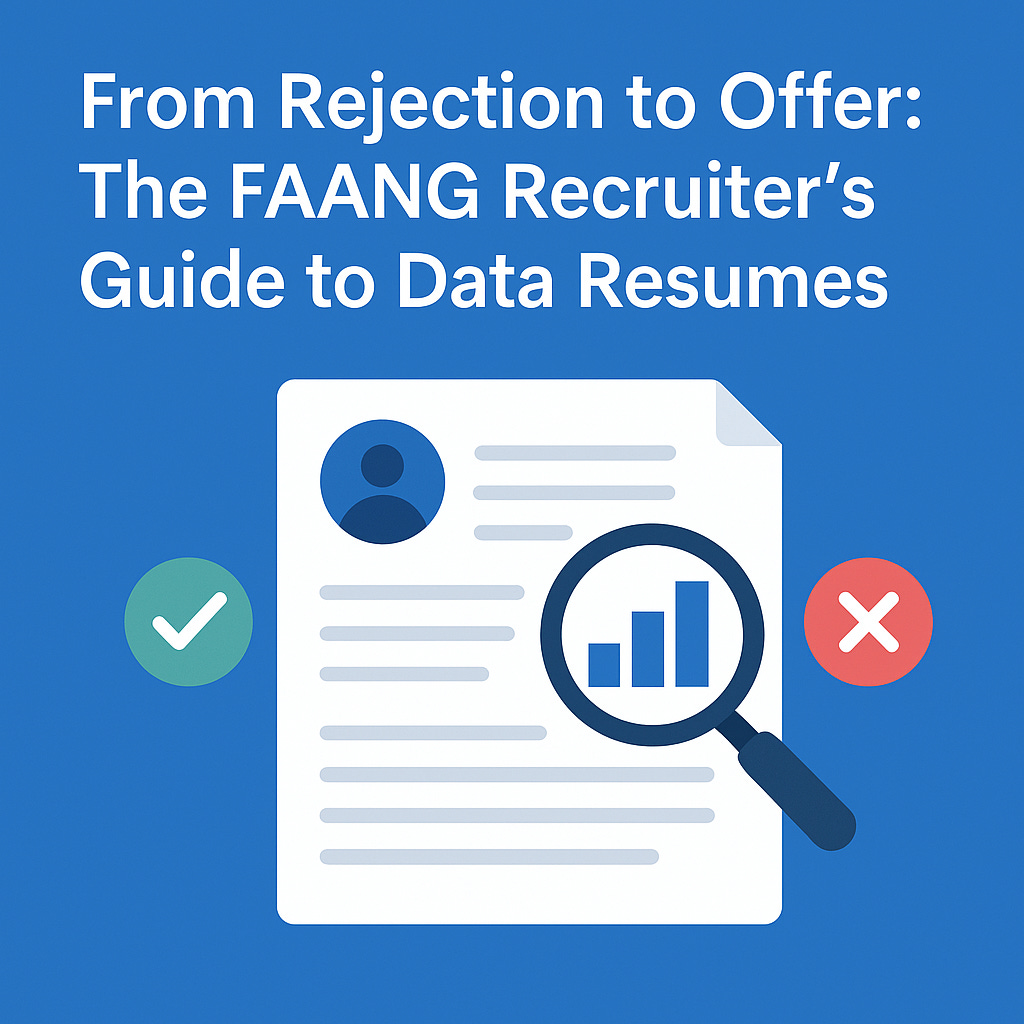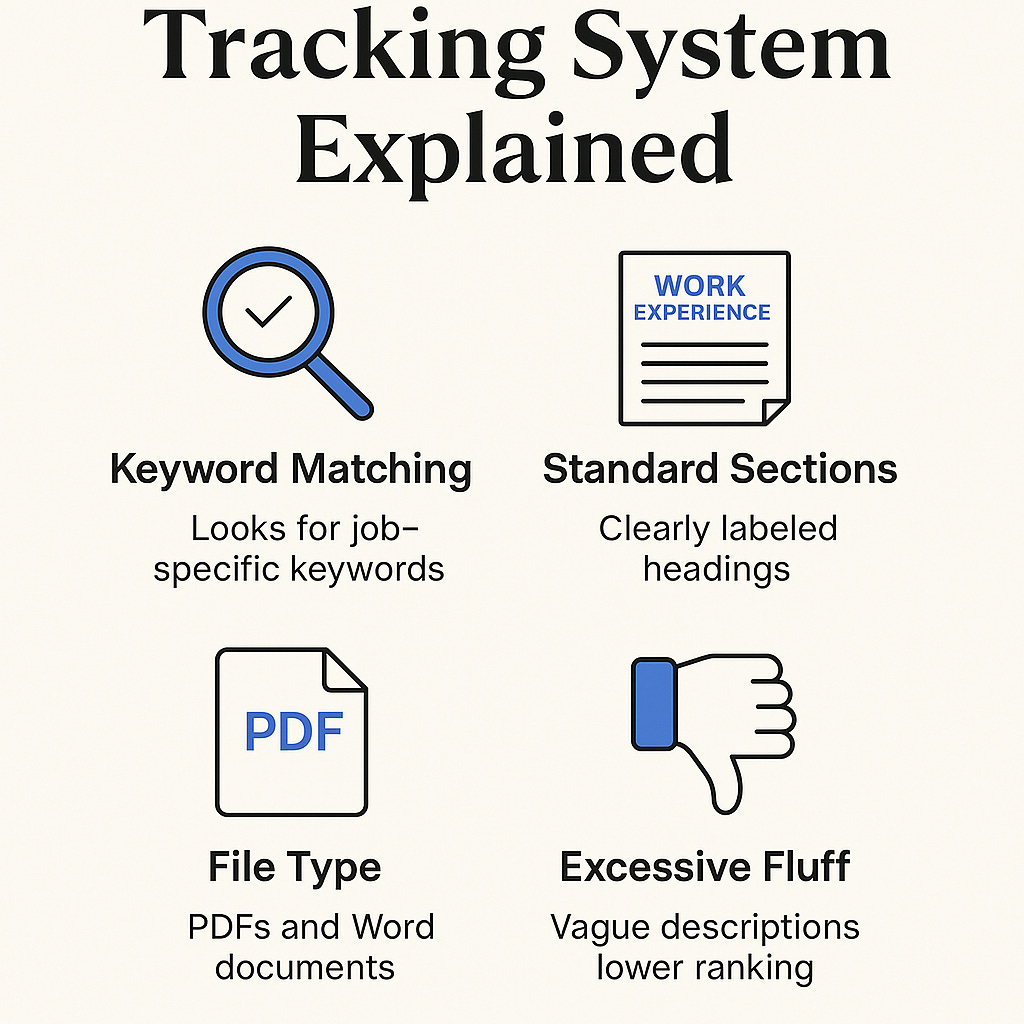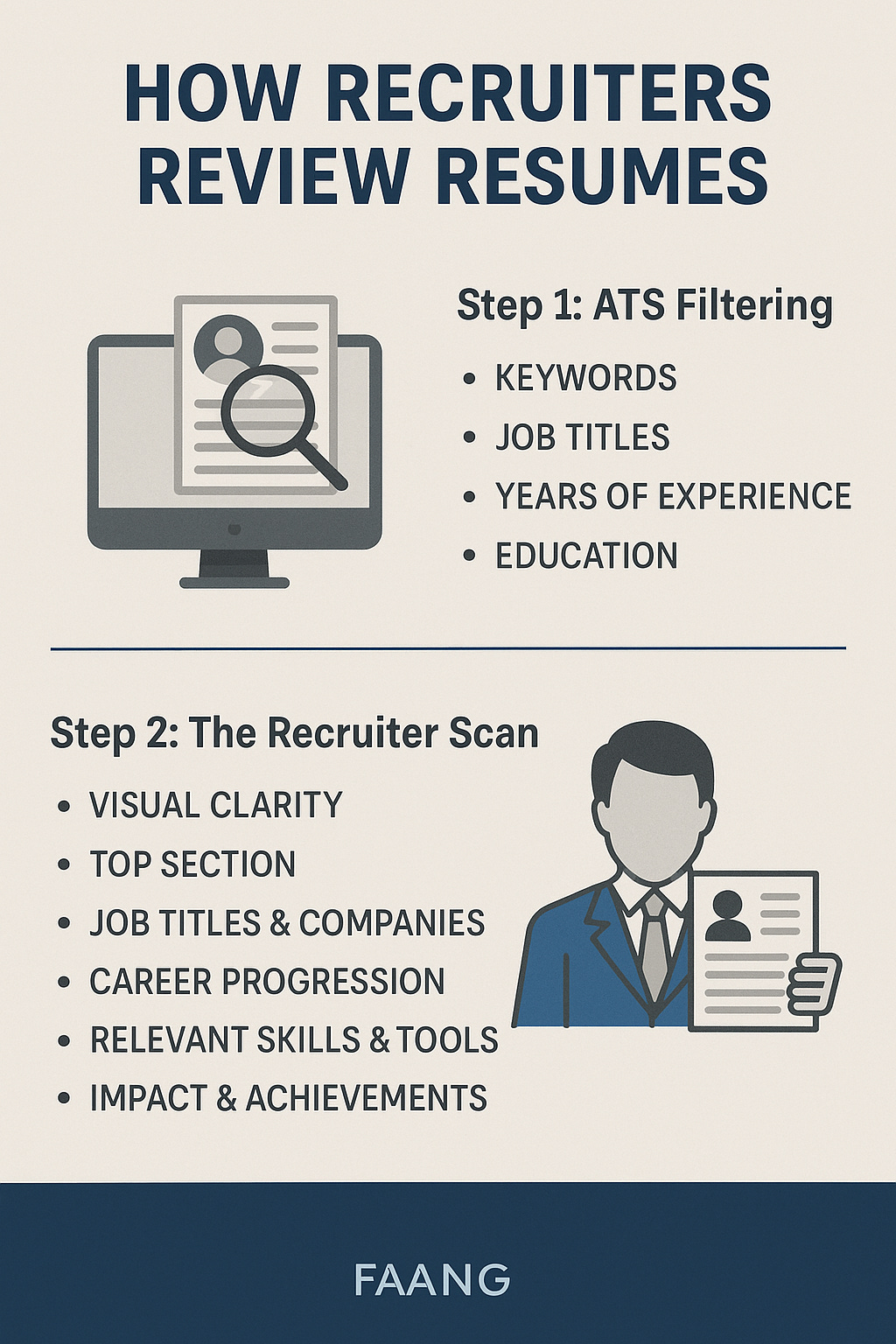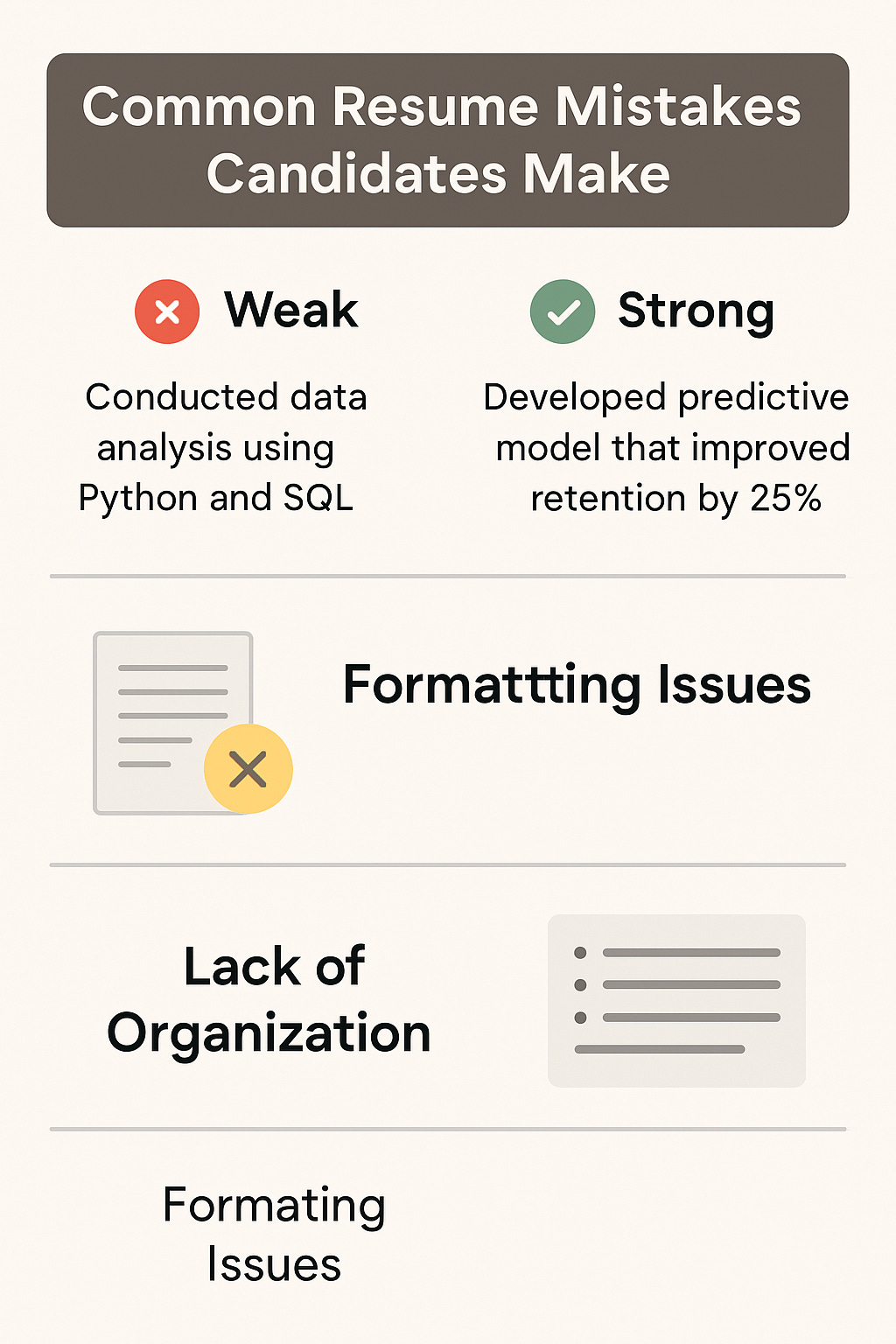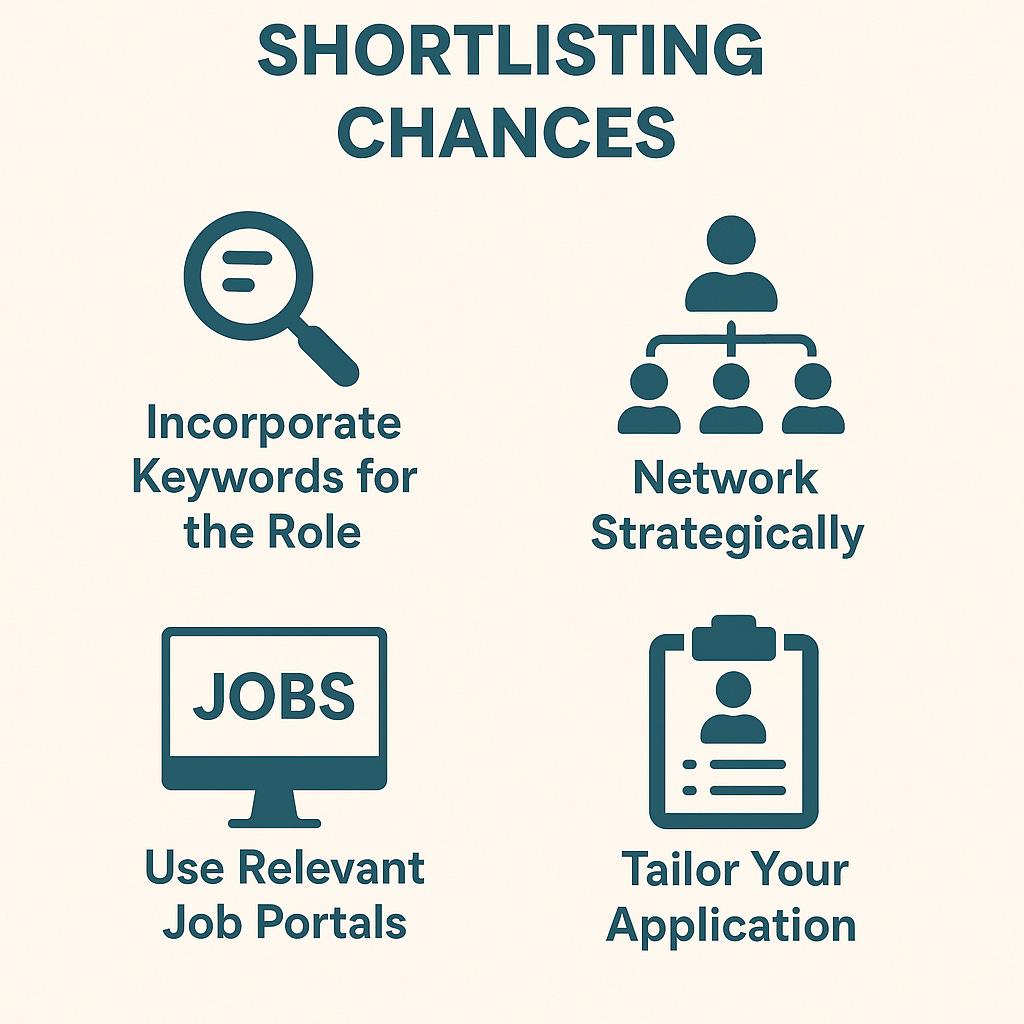Most data professionals spend hours perfecting their skills - SQL, Python, dashboards, and models but struggle to land interviews. The reason? It's not a lack of talent. It's that their resume doesn't reflect their true value.
That’s exactly why I co-authored this guide with Shreya, she’s been a recruiter at Microsoft, Amazon, TikTok, and Uber, and now runs The Super Coach to help people break into top companies. Together, we broke down what actually makes a data resume stand out: the key elements recruiters and hiring managers look for, and the silent mistakes that cost even great candidates opportunities.
What Makes a Great Resume for Data Roles
Key elements recruiters/hiring managers look for in data analyst/science resumes.
Clear, Quantifiable Impact
→ Use metrics to show how your work made a difference.
E.g., “Developed predictive churn model using XGBoost that improved customer retention by 18%, generating $450K in annual recurring revenue”
Relevant Technical Skills
→ Highlight tools and languages like SQL, Python, R, Excel, Tableau, etc.
→ Be honest and list only those you’re confident in.
Projects or Work Experience with Business Context
→ Don’t just say you built a model - explain what problem it solved and the outcome.
Clean, Scannable Format
→ Easy to read, ATS-friendly, with consistent fonts, spacing, and bullet points.
Tailoring your resume for different types of data roles (analytics vs. science vs. engineering).
For Data Analyst Roles:
Emphasize dashboarding, SQL queries, and business insights.
Highlight experience with tools like Excel, Tableau, Power BI, or Looker.
Include stakeholder communication and cross-functional project experience.
Mention A/B testing, reporting automation, and ad-hoc analyses.
Show how your work helped drive business decisions.
For Data Scientist Roles:
Focus on machine learning, predictive modeling, and statistical analysis.
List end-to-end ML project experience with real-world results.
Include math/stats foundations, experimentation, and model evaluation.
Showcase tools like Python, R, Scikit-learn, TensorFlow, etc.
For Data Engineer Roles:
Emphasize ETL/ELT pipelines, data warehousing, and infrastructure.
Highlight tools like Airflow, Spark, Snowflake, DBT, etc.
Include SQL + Python + cloud (AWS/GCP/Azure) stack experience.
Mention experience with data modeling and schema design.
Show how you’ve scaled data systems or improved data reliability.
What is ATS & How It Actually Works (Debunking Myths)
How ATS scans resumes and what it filters out.
Applicant Tracking Systems (ATS) scan resumes to identify the best candidates based on keywords, formatting, and relevance. Here’s how it works:
Keyword Matching – ATS looks for job-specific keywords from the job description. Missing them can lead to rejection.
Formatting Matters – Graphics, tables, or complex layouts may confuse the system, causing data loss.
Standard Sections – Clearly labeled headings (e.g., “Work Experience,” “Skills”) help ATS parse information correctly.
File Type – PDFs and Word documents are safest; avoid image-based resumes.
Excessive Fluff – Generic, vague descriptions or overuse of buzzwords without context can reduce the ranking.
Common myths vs. facts.
Myths about ATS:
ATS automatically rejects resumes.
Fancy designs improve your chances.
Only exact keyword matches pass.
ATS only looks at resumes, not cover letters.
All ATS systems work the same way.
Facts About ATS:
ATS ranks resumes based on relevance; hiring managers still review top matches. Complex formatting (tables, graphics) can confuse ATS, leading to rejection.
ATS recognizes variations, but missing key skills/phrases can hurt your ranking.
Some systems scan both, but resumes hold more weight in initial screening.
Different companies use different ATS software, each with unique scanning rules.
Pro Tip: Keep it simple, use industry-relevant keywords, and structure your resume for easy parsing!
What actually improves ATS compatibility?
Use Standard Formatting – Stick to simple layouts with clear headings (e.g., "Work Experience," "Education," "Skills").
Avoid tables, columns, and graphics.
Incorporate Keywords Naturally – Match job description keywords while ensuring readability.
Use variations (e.g., “Project Management” and “Managing Projects”).
Choose the Right File Type – Submit your resume in .docx or PDF format unless stated otherwise.
Avoid image-based resumes. Optimize for Readability – Use standard fonts (Arial, Calibri, Times New Roman) and consistent formatting (bold for section titles, bullet points for achievements).
Avoid Headers & Footers – Some ATS systems can’t read content placed in headers or footers, leading to missing information.
Use Full Acronyms & Spelled-Out Terms – Example: "Search Engine Optimization (SEO)" instead of just "SEO" to ensure ATS captures both.
Keep Section Titles Simple – Use conventional labels like "Work Experience" instead of creative ones like "Career Highlights."
Prioritize Relevant Experience – ATS scores resumes based on relevance.
Tailor each submission to the job description.
Pro Tip: After optimizing, test your resume by converting it to plain text. If everything remains structured and readable, it’s likely ATS-friendly!
How Recruiters Actually Review Resumes
What happens after ATS filtering? How do recruiters scan resumes in 6-10 seconds and decide?
Step 1: ATS Filtering
The ATS filters resume for:
Keywords from the job description (skills, tools, qualifications)
Relevant job titles
Years of experience
Education and certification.
A resume that doesn’t match enough of these criteria may be filtered out
Step 2: The Recruiter Scan (6–10 seconds)
As a recruiter, I open a resume that’s passed the ATS filter. In just a few seconds, I’m scanning for:
Visual Clarity
Is the resume easy to read?
Are job titles, dates, companies, and sections clearly organized?
Do bullet points stand out, or is it a wall of text? If it’s too cluttered, I’ll likely skip it.
Top Section
The top third of the resume is prime real estate.
I look for a title or summary that aligns with the role.
If it matches what I’m hiring for, I keep going.
Job Titles & Companies
Do the recent job titles match or relate to the open role?
Are the companies recognizable or in relevant industries?
Career Progression
Is there clear growth or consistency?
Do the dates make sense (no big unexplained gaps)?
Relevant Skills & Tools
I scan for tools, software, or methodologies listed in the job post (e.g., Salesforce, SQL, Agile, etc.).
Impact & Achievements
I look for metrics, outcomes, and accomplishments (e.g., “Increased leads by 30%”).
Generic job duties don’t stand out.
Next Steps?
If it ticks the right boxes, I flag it for a deeper review or move it to the screening round.
If it’s borderline, I might skim LinkedIn or other roles before deciding.
If it’s unclear or irrelevant, I move on to the next one.
What makes a resume stand out at a glance?
In a stack of hundreds, your resume has about 6–10 seconds to catch my eye. At top tech companies, we're trained to scan fast and filter even faster. Here's what instantly makes a resume stand out to me:
Clarity & Structure
If I can’t find your name, job title, and most recent role in 2 seconds — I’m out.
Clean formatting, consistent spacing, bullet points, and a logical flow = you respect my time.
Alignment to Role
Your title, summary, and top 2 roles should scream "I’m built for this job."
If I’m hiring for a Product Marketer and your last title was “Product Marketing Manager” with relevant tools like Salesforce, HubSpot, or GTM strategy mentioned early — I’m intrigued.
Impact > Duties
Everyone “managed campaigns.” Few people “increased MQLs by 40% YoY” or “led GTM strategy “resulting in 3 new enterprise ownership”. Numbers talk. So does ownership.
Trajectory & Brand
I look for signals of growth and reputable experience — whether it’s top companies, strong internal promotions or consistent upward moving.
Startups? Great. Big names? Great. Just show me why it mattered.
Bonus Points
Side projects or certifications that show curiosity
LinkedIn link that’s up-to-date
A short, punchy summary that adds context (not fluff)
Bottom Line
Make it easy for me to say yes!
If your resume makes me pause, lean in, or nod — it’s going to the next round.
Real recruiter insights
These are the things that don’t make it to job search webinars or career posts — but shape who gets interviews.
Your Resume Is Judged BEFORE It’s Read
I decide how seriously to take your resume based on how it looks.
If it’s clean, organized, and easy to scan — I assume you’re competent.
If it’s messy, outdated, or filled with buzzwords — I assume you’re not detail-oriented.
Sad but true: design = credibility, especially in the first 5 seconds.
Recruiters Are Pattern-Seekers
We’re trained to look for “signals.” Not just what you did — but where, how, and with what kind of scale. No big-name companies? Cool. But even in smaller organizations, I’m looking for:
Impact at scale
Cross-functional work
Ownership of a big bet or initiative
Basically, show me you’ve done hard things, in complex environments.
We Prioritize Internal Referrals — Even Average Ones
A strong referral from someone inside the company can outweigh a great resume from an outsider.
Why? Because trust matters. Risk mitigation is baked into hiring.
So, if you’re applying cold, your resume has to work 10x harder to stand out.
Most Recruiters Don’t Read the Whole Resume
No one’s reading all 2 pages line by line unless you’re already a “yes.”
We skim: the top section, recent jobs, companies, dates, and standout numbers.
So, burying your best achievement on page 2, bullet #9? It’ll never be seen.
Fancy Language Can Hurt You
Trying too hard to sound smart backfires. I see:
“Cross-functional stakeholder collaboration to deliver end-to-end omnichannel strategic initiatives…”
And I think: “So… you ran a marketing campaign?”
Use clear, human language. I should understand your value, not decode it.
TL;DR — Want to Stand Out?
Make your resume easy to read, and fast.
Lead with impact, not tasks.
Use language a human understands.
Get referred if you can.
Respect the skim — and stack the top third of your resume with gold.
Common Resume Mistakes Candidates Make
Listing responsibilities instead of impact-driven bullet points.
Weak (Responsibility-focused):
Performed data analysis using Python and SQL
Responsible for creating dashboards in Tableau
Used machine learning algorithms for prediction
Strong (Impact-driven):
Developed predictive churn model using XGBoost that improved customer retention by 18%, generating $450K in annual recurring revenue
Created an interactive Tableau dashboard that reduced reporting time by 75% and enabled executives to identify $1.2M in cost-saving opportunities
Optimized supply chain forecasting model that reduced inventory costs by 12% while maintaining a 99.8% fulfillment rate
Formatting and structure errors that reduce readability.
Poor formatting examples:
Technical skills listed as dense paragraph of tools/languages (Python, R, SQL, Tableau, TensorFlow, Keras, scikit-learn, pandas, NumPy, SciPy...)
Projects described with excessive technical jargon without context or business impact
Inconsistent date formats (MM/YYYY, Month Year, Year) making career progression unclear
No clear separation between education, experience, and project sections
Good formatting examples:
Skills organized in logical categories (Programming Languages, Data Visualization, Machine Learning, Databases)
GitHub link prominently displayed with 3-4 pinned repositories that showcase relevant skills
Projects presented with clear problem statements, methodologies, and quantifiable results
Academic credentials with relevant coursework and GPA (if impressive) formatted consistently
Certifications displayed with dates and issuing organizations
Tips to Increase Your Shortlisting Chances
Keywords & optimization for job descriptions.
Understand the Role You’re Targeting
Each data role has its own flavor:
Data Analyst: Reporting, dashboards, insights
Data Scientist: Modeling, machine learning, experimentation
Data Engineer: Pipelines, infrastructure, ETL
Include Core Keywords (By Role)
Optimization Tips
Mirror the language in the job description — if they say "data wrangling," don’t just write "data preprocessing." Match it.
Use keyword clusters naturally in bullet points — don’t keyword stuff, but do show you’ve done the work with those tools or methods.
Include tools and outcomes “Built Tableau dashboards using SQL queries to track marketing KPIs, improving campaign performance visibility by 30%.”
Where to Place Keywords
Professional summary/headline (e.g., “Data Analyst skilled in SQL, Tableau, and A/B testing”)
Skills section — grouped by technical, tools, and methods
Experience bullets — show the tool, the task, and the impact
Certifications/Projects — especially for bootcamp grads or career changers
Networking strategies to bypass ATS.
Start with the Right Mindset
The goal isn’t just to "network" — it’s to build real relationships that can lead to referrals, which are the #1 way to bypass the ATS and land interviews at top companies.
Find the Right People
Focus on roles like Team leads or hiring managers
Recruiters (internal > external)
Recent hires in your target team
People in your desired role (future peers!)
Where to find them:
LinkedIn (obviously)
Slack communities, Reddit, or Discord (especially for tech/data)
Webinars, virtual events, alumni networks, or boot camp groups
Send Better Messages (Not Just “Can You Refer Me?”)
Craft value-driven messages. Try:
“Hi [Name], I saw you’ve been at [Company] for a while and work in the [Data/Marketing/Product] space. I’m exploring similar roles and would love to ask you a few quick questions about your experience there — if you’re open to it. Appreciate any insights!”
Once they respond (most ignore the first pitch if it’s too pushy), then ease into:
“Thanks so much! I saw an opening on your team — would you be open to referring me if you feel it’s a good fit after reviewing my resume?”
Warm > Cold > Ask
Be “Referable”
Make it easy for them to say yes:
Resume tailored to the company/role
Short blurb they can forward (your “referral pitch”)
Link to your portfolio, GitHub, or LinkedIn if relevant
No typos or vague achievements — first impressions matter
Stay Top of Mind (Without Being Annoying)
Follow up every 7–10 days. Share:
A project you’ve worked on
A cool article or tool related to their work
A quick thank you or update if you've applied/interviewed
It’s about building rapport, not just extracting favors.
Work Backwards From Job Descriptions
Find the job first
Identify who you know at the company (2nd-degree connections work too!)
Warm up to them and make a direct but respectful ask
People are more likely to help when there's a specific job in play.
BONUS: Be Active Publicly
Post on LinkedIn (projects, learnings, insights)
Comment meaningfully on people’s posts
Sometimes, people will come to you.
Referral hacks that actually work.
Warm Up First: Don’t cold drop “Can you refer me?” — start with a genuine compliment or question about their work.
Send a Referral Blurb: Make it easy for them. Include a 2–3-line intro they can copy-paste with your resume.
Be Visible on LinkedIn: Comment on their posts. Engage first. Then DM. You’re not a stranger anymore.
Target Recent Hires: People who just got hired are more likely to help — they know how hard it was and want to give back.
Focus on Specific Roles: Generic “any job” asks get ignored. Ask for a referral to one clear job they can act on.
Your resume is your first impression - make it count. Focus on clarity, impact, and alignment. The goal isn’t just to pass ATS, but to make a recruiter pause, nod, and say, “We need to talk to this person.” You’ve done the hard work - now let your resume reflect it.
Job search success isn’t about applying more—it’s about applying smarter.
You might face setbacks despite doing everything right. Stay resilient. Keep going.
Best of luck with your job search!
- Sai Bysani, a fellow Hustler!
Keep grinding, keep growing,
The Data Hustle.



